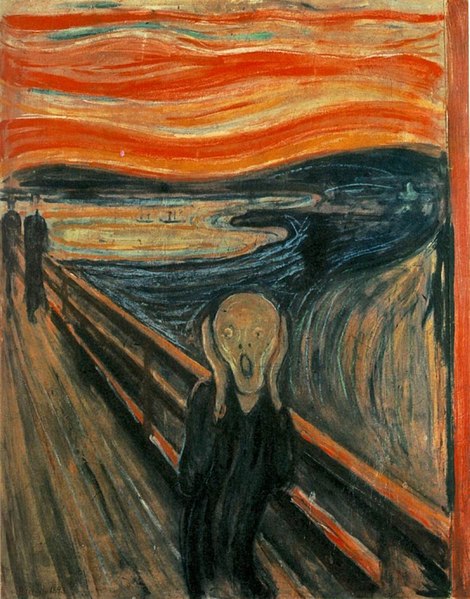Back in May we co-hosted Museum Hour with the wonderful
Tincture of Museums – go check out her page it’s a museum loving feast with an
eye to autism in museum.
One of the biggest concerns for those who wanted to start
blogging was about finding the time to do so. In one sense this was reassuring as
it meant that there were so many of you out there who have something to say
about museums and want to get your voice heard. Yet in another, it was concerning to hear that museum lovers
felt the need to put themselves under some pressure to get access to the museum
blogging community, with the strains of temporary work, low paid and more competitive
job market many are seeking to blog as a way to stand out from the crowd. In
some respect blogging has been helpful to us but in others it has been a hindrance
and why you’ll rarely hear me speak about my place of work. Blogging is
ultimately meant to be an enjoyable and loveable experience.
We’re not going to lie, here at The Ministry we know how hard
it is to keep on writing, finding content and putting it all together into a
presentable format is time consuming. You’re probably aware that I work in a
national museum as a sort of exhibition registrar and Kristin is studying for
her PhD, so sometimes we do go a little bit quiet on the blog. It’s not because
we’ve fallen out of love with doing so it’s just because sometimes our work
life and personal life can be a bit more demanding that we had expected.
Museums are wonderful places that are often are static in
their displays and in other times so fast moving that it’s hard to keep up.
Working in South Kensington I often promise myself that I will visit that
gallery/new exhibition across the road in my lunchbreak. Sometimes I do manage
to venture out, other times I completely fail and realise I haven’t seen a new
gallery in my own museum since it opened two years ago because it’s not on a
route to a meeting room.
Then there’s the upkeep on social media, I do try to keep
quite active personal profiles and keep up with what’s going on in the museum
world. But often whole conversations about museum life go amiss on my timeline
because I’ve been stuck in a two hour meeting or a cinema and suddenly we’re
left feeling like I’m the worst museum
blogger because I haven’t engaged.
Sometimes it feels like the museum world is guilty of other
museum enthusiasts a bit of FOMO (fear of missing out). There is now so much
content and so much opinion that it can feel like an exhibition has opened, its
content debated and closed within a heartbeat and you’ve missed it all.
Branding on marketing posters rate permanent galleries as immediate ‘must sees’
and exhibitions posters now have stickered reminders of ‘last few weeks’. The countdown
begins and suddenly you’re reminded more of what you haven’t seen than what you
have.
Perhaps we’re not giving ourselves enough time to appreciate
that museums are often little pockets where time can stand still. Often new
permanent galleries are made to last upwards of thirty years, just because your
friend or colleague has gone to comment on it doesn’t mean that you’re missing
out. You’ll just be there when the crowds have calmed and it really can be that
location of sanctuary that we often speak about.
As for social media, it’s a never ending stream and we’re
never going to be able to catch every conversation, every debate and every
single comment, but check in times like museum hour really help to focus
attention. It’s great to spend the 8-9pm on a Monday engaging with the
conversation and feeling like you are part of the community for the hour or a
couple of minutes of it. Then there are great functions like storify that many
bloggers use to capture the information that interests them into one stream.
It’s a great way of reading up on the tweet s that has just disappeared into
your timeline.
Perhaps this article is more of a reminder to be more gentle
on myself. Sometimes it’s more important to leave the office at lunchtimes but
sometimes you have to let life get in your way and miss out on the latest
trend. I hope it can serve as guidance for us museum lovers and part time
bloggers to not put too much pressure on ourselves and just take a moment.
Blogging is there to enjoy and not to encapsulate at the end of the day most of
us are not getting paid for it! Blogging is not a race to a the next opening,
take some time to enjoy reading our fellows interpretations and thoughts or
take advantage of museums online accessibility and when you have a moment pop
in.
But remember when you are there physically or digitally,
take it all in and enjoy.
Peace out





